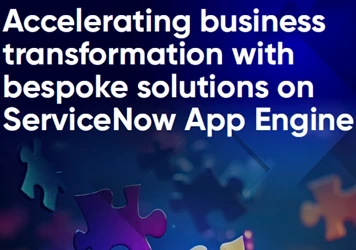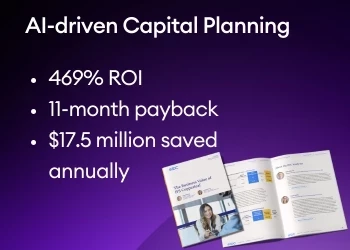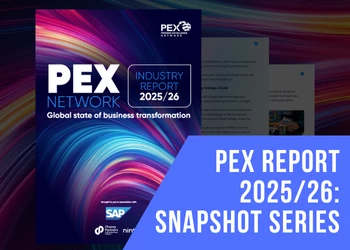How to link process to technology
Kush Pathak, strategy and transformation leader at Capital One, explains why linking process and technology is really about the people involved
Add bookmark
Aligning people, processes and technology is a central component of business transformation and operational excellence. Achieving alignment, however, requires a deep understanding of business objectives, IT strategy and change management techniques.
With over 20 years of experience working in the transformation space at companies both large and small, Kush Pathak, strategy and transformation leader at Capital One believes that aligning processes with technology is not just a technical endeavor, but a human-centric one. Success hinges on one’s ability to understand the needs of stakeholders and effectively communicate the value of transformation.
large and small, Kush Pathak, strategy and transformation leader at Capital One believes that aligning processes with technology is not just a technical endeavor, but a human-centric one. Success hinges on one’s ability to understand the needs of stakeholders and effectively communicate the value of transformation.
To learn more about Kush’s approach to linking business processes with technology, we sat down with him at OPEX Week to discuss the topic.
PEX Network: Why is linking processes with technology so difficult?
Kush Pathak: It can be challenging to discuss technology within a business as strategic leaders are not always clear on what they are trying to achieve and tend to complain about where technology falls short instead of what it could potentially do.
Often, it can seem like technology and the business are on two different sides of a river. No one is wrong in such a situation as each perspective can be correct in its own way. We just need to find a connecting point.
My personal philosophy is that our number one objective as transformation leaders is to help businesses bridge that gap between business strategy and technology. This requires a very clear understanding of what the organization is trying to achieve, while our second objective is to eliminate silos and facilitate collaboration.
PEX Network: What were some of the key takeaways from the discussion group you lead on this topic?
KP: In addition to being clear on business strategy and objectives, people were eager to discuss how to break down silos, drive change and improve communication. Cross-functional collaboration and teambuilding were also on the top of people’s minds.
Several people also had interesting things to say about how organizational structures are evolving in response to digital transformation. For example, one person’s company merged the CIO and COO roles. Another person’s company changed their reporting lines so that the director of IT and director of operations report up to the same person. Others talked about how some of their big upcoming projects will be jointly led by an IT leader and a business leader.
PEX Network: One area where you have experience is human resources. Why is HR fertile ground for transformation?
KP: If we look at what is happening in the world around us, every company is dealing with the dynamics of a changing economy, the hybrid workplace, employee engagement, talent retention and employee development.
The workplace and what people expect from it is evolving, HR organizations need to transform as well to ensure the needs of future employees are met.
PEX Network: Looking back, can you tell us about a time when you faced especially high levels of change resistance? How were you able to overcome it and what did you learn in the process?
KP: I cannot think of a time when I did not face change resistance. In my last few roles, I have had to create a new operational excellence function from the ground up and that always sparks some opposition.
One of the things that has worked for me is being clear on the why. It is important to be forthright on explaining the reasons behind the change and how it will benefit everyone. The second is securing executive buy-in and support. The third is building an outstanding team that can deliver results because transformation is all about people. Once you start delivering tangible value to your stakeholders, then the flywheel will just keep churning.































